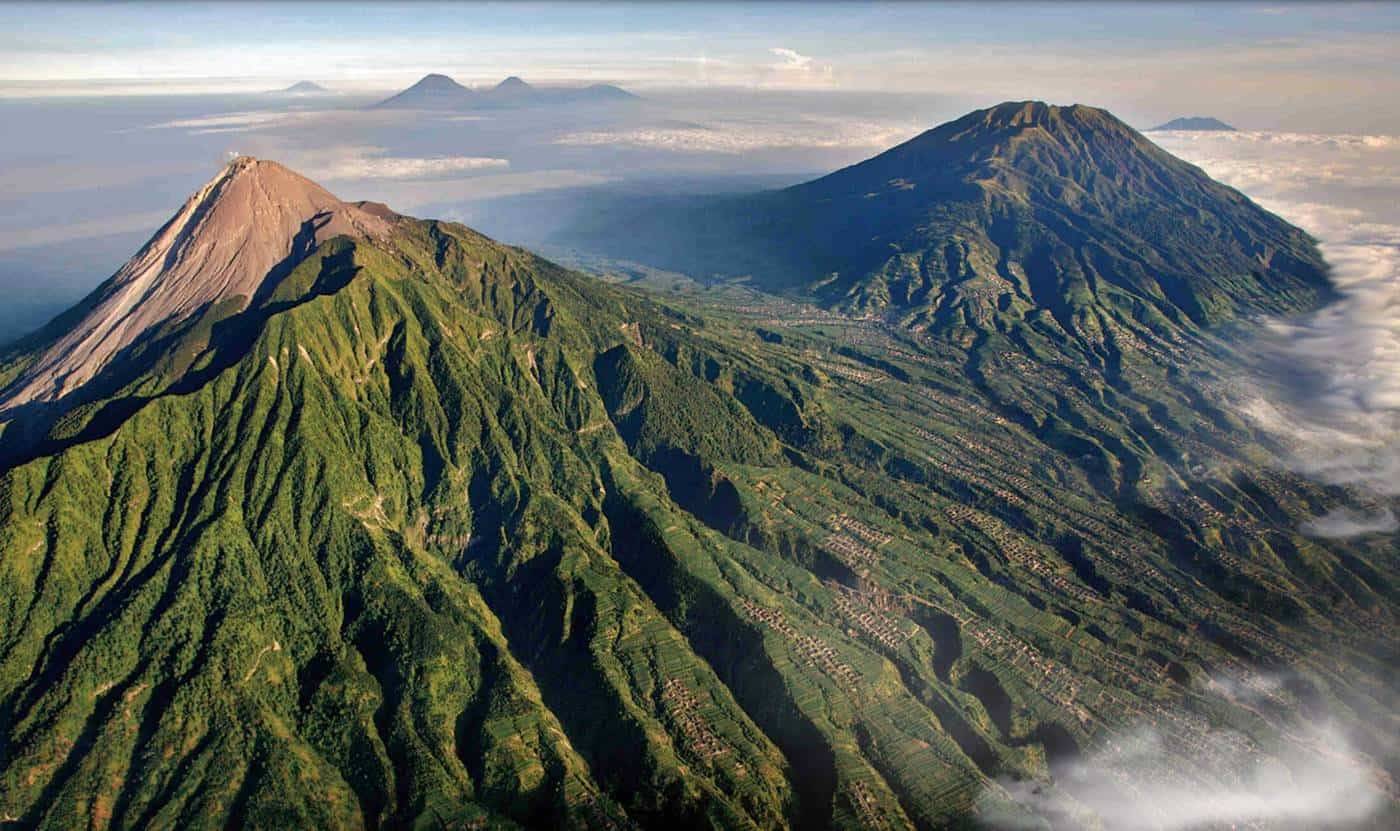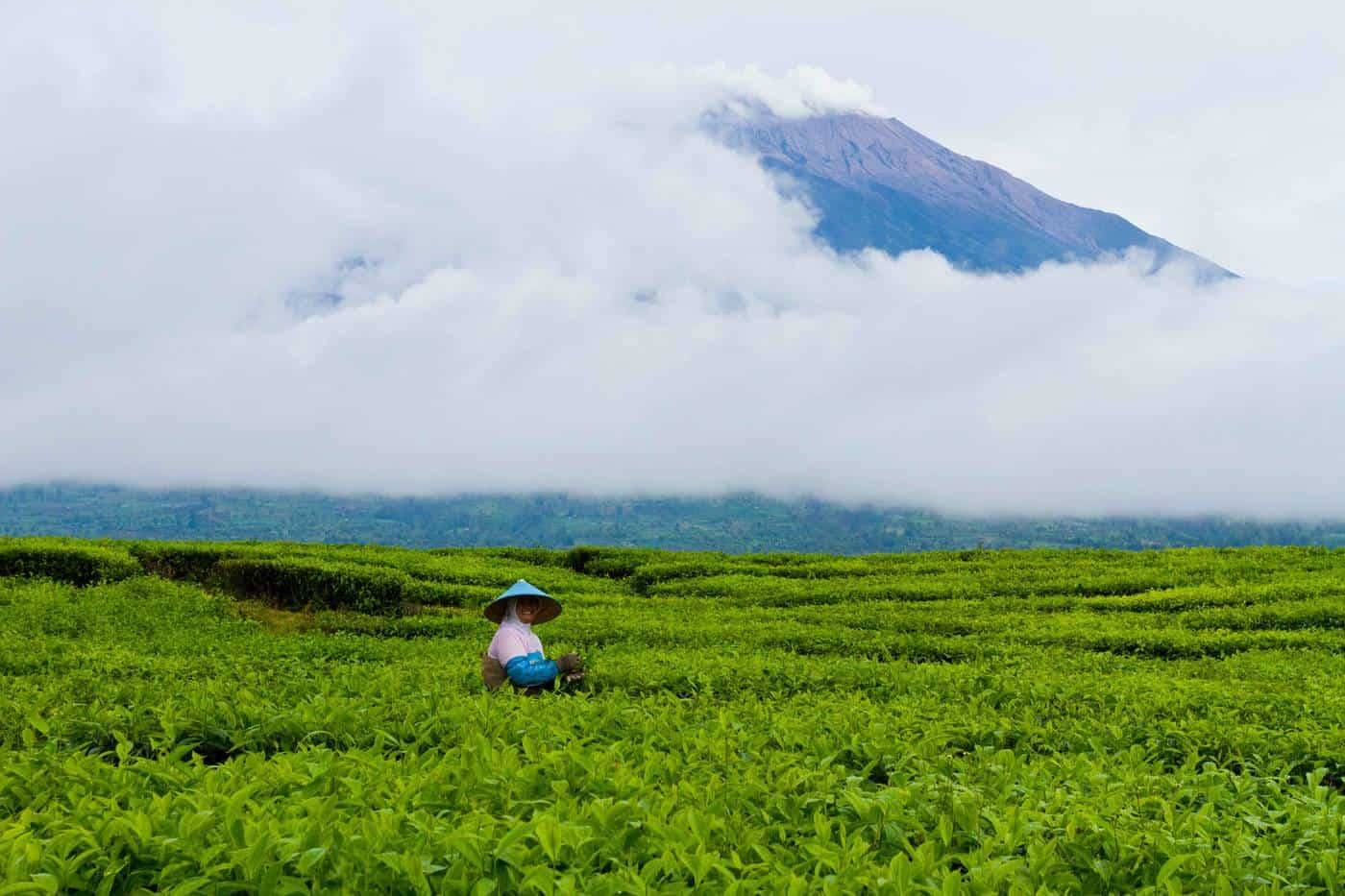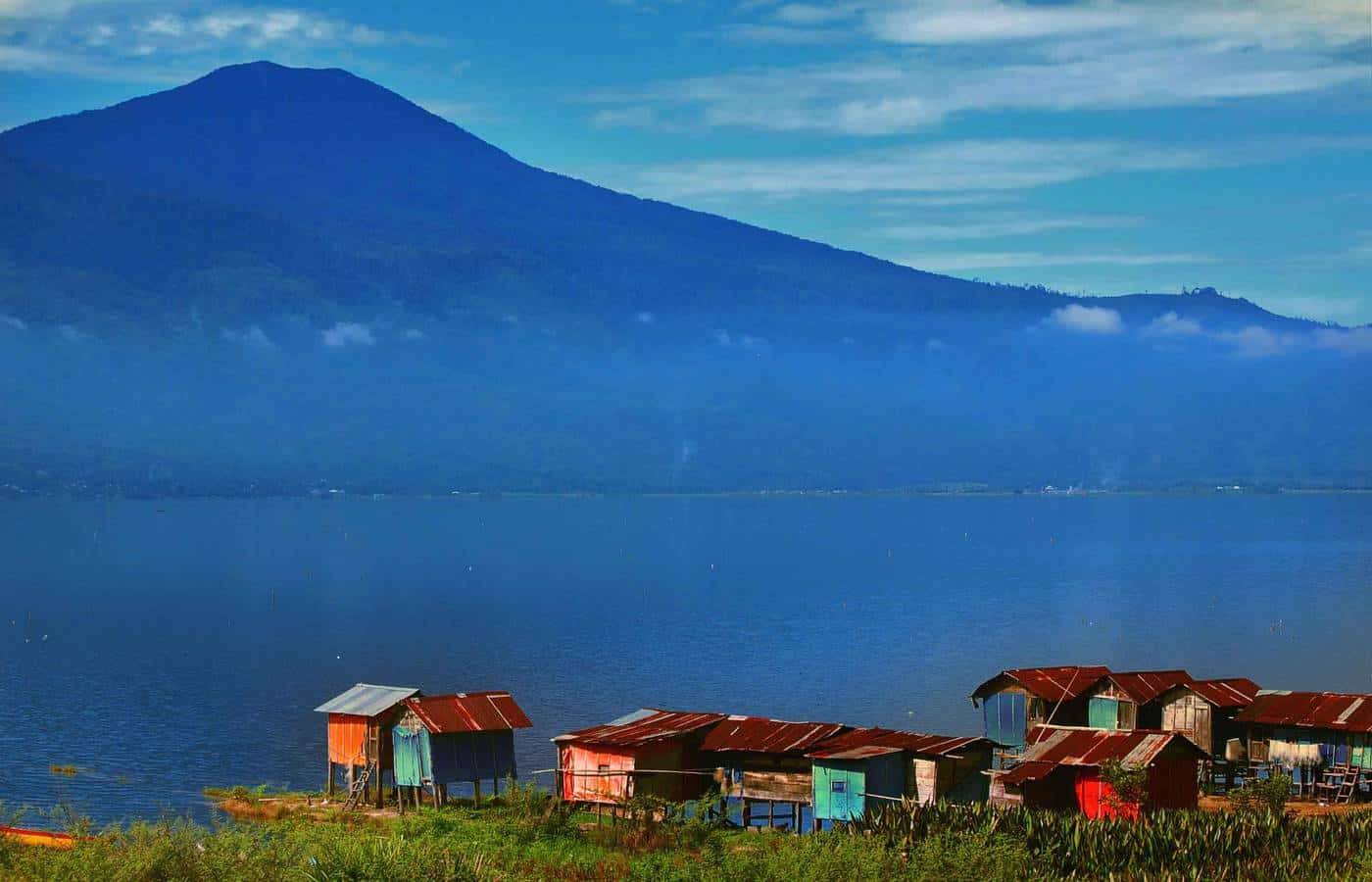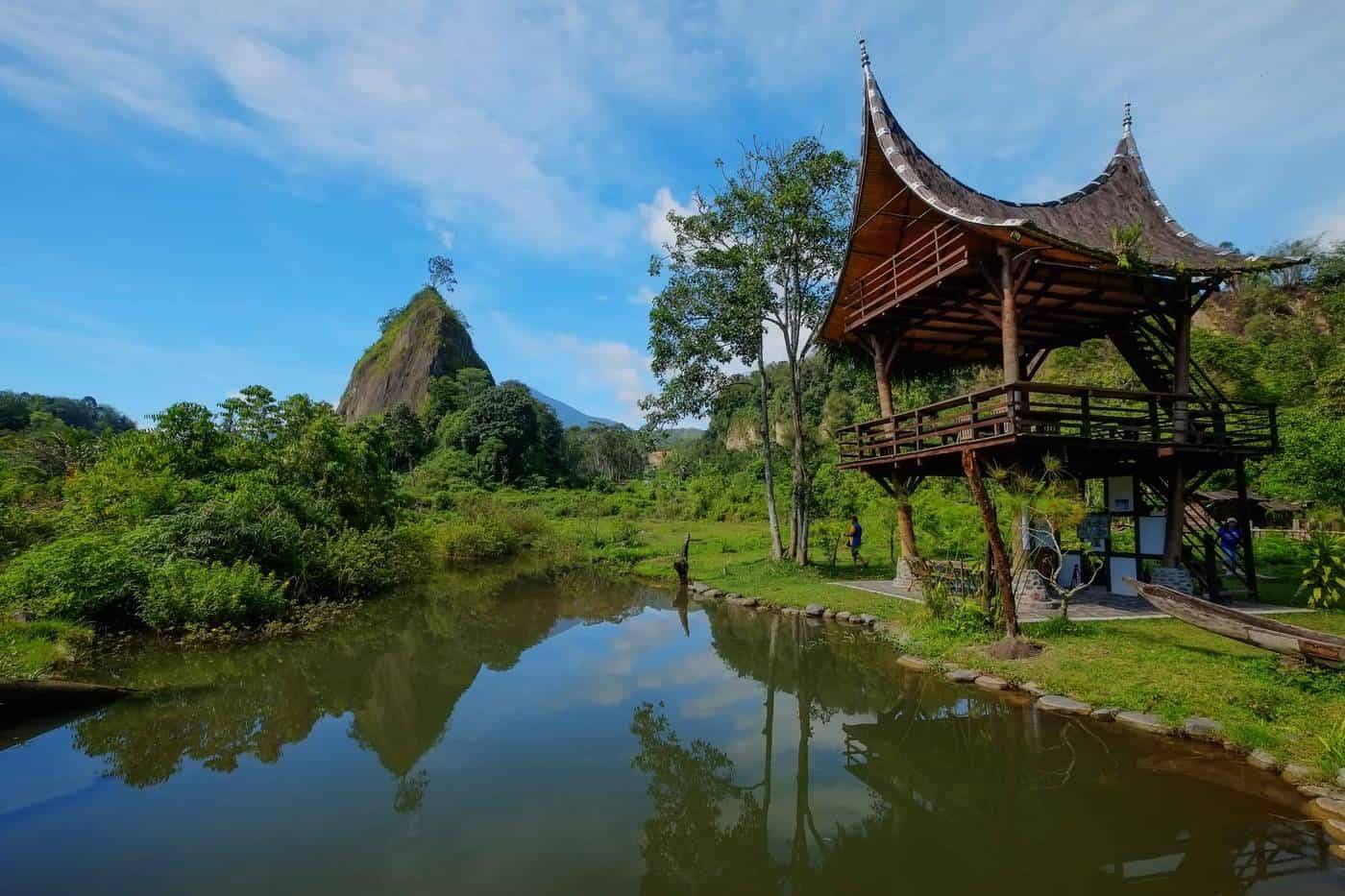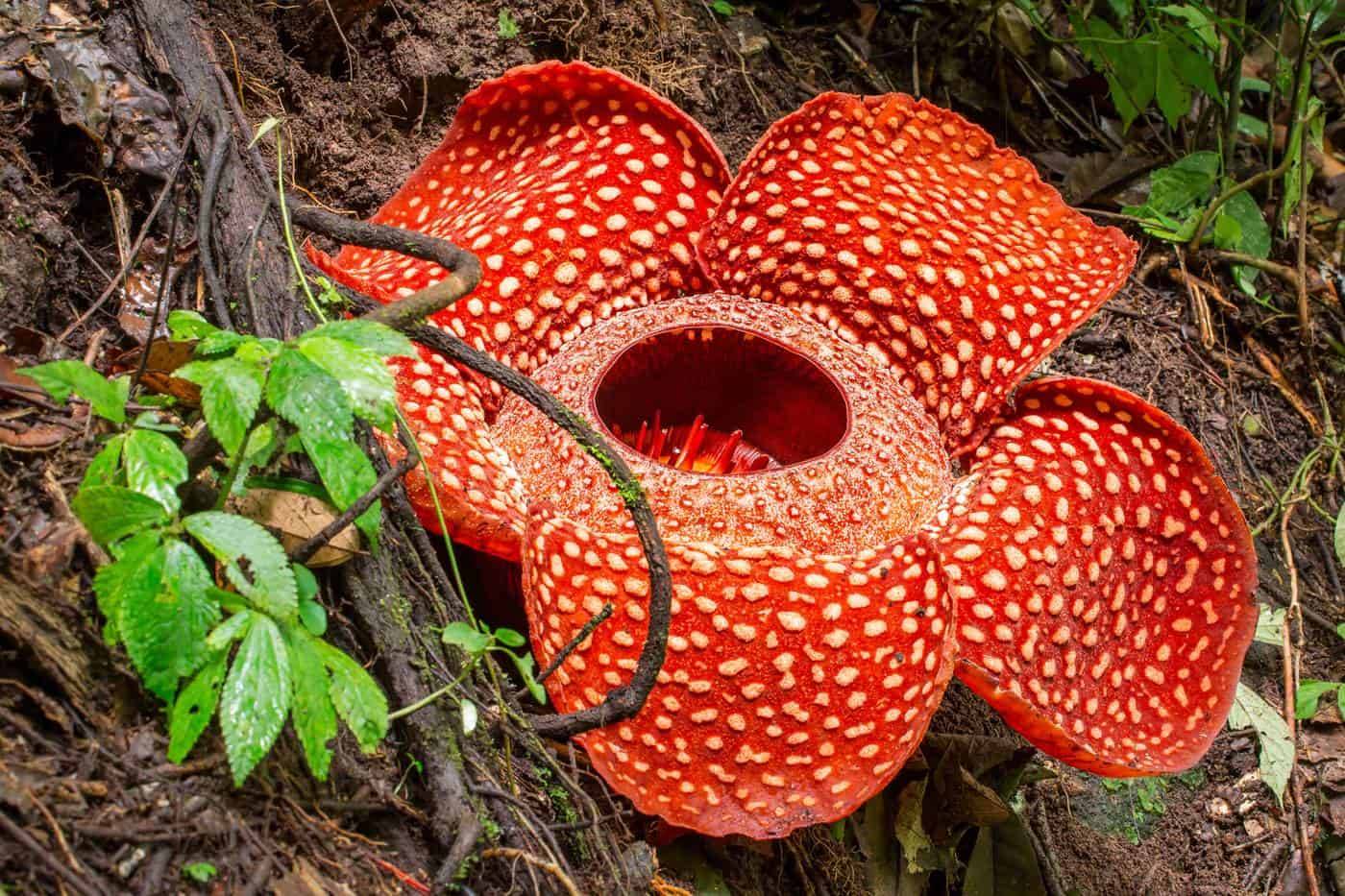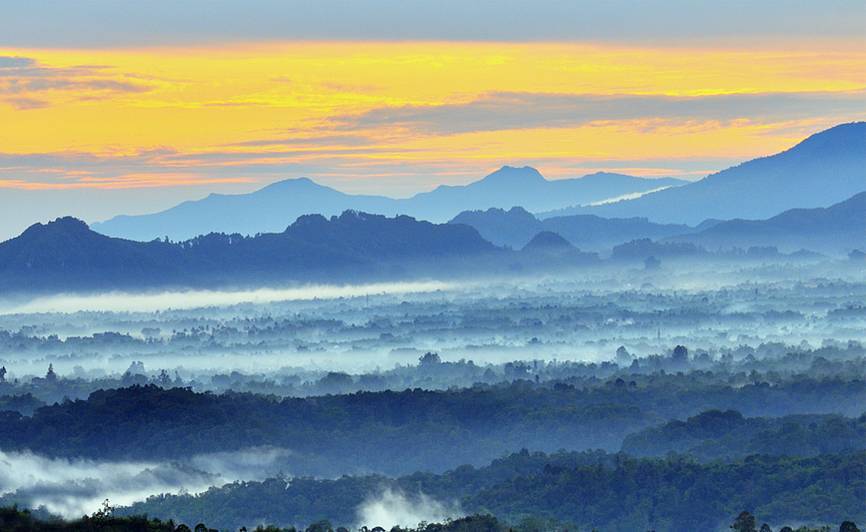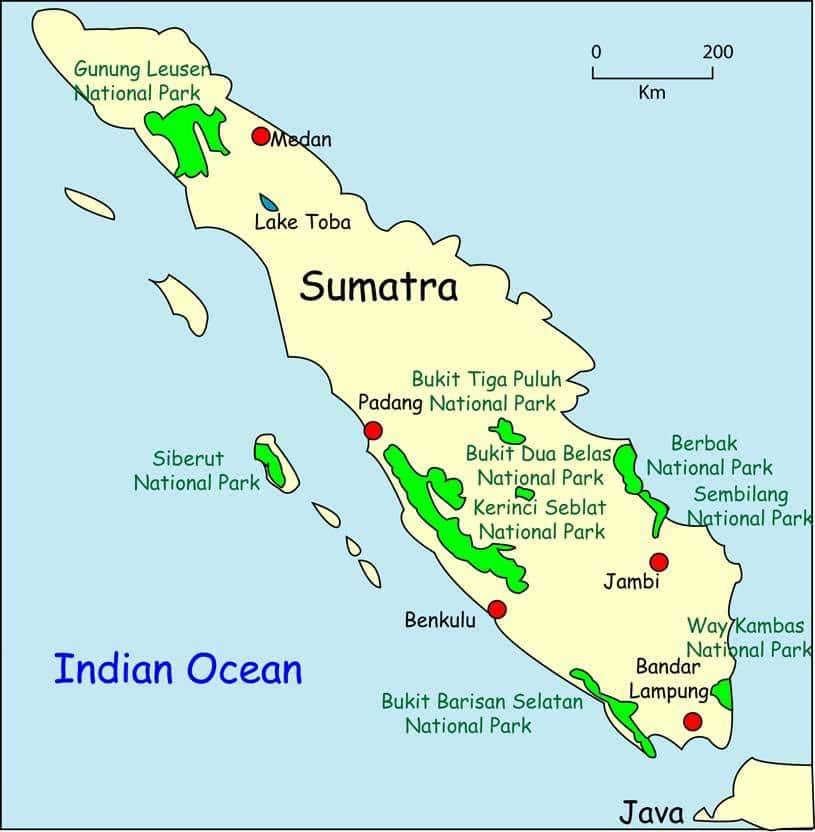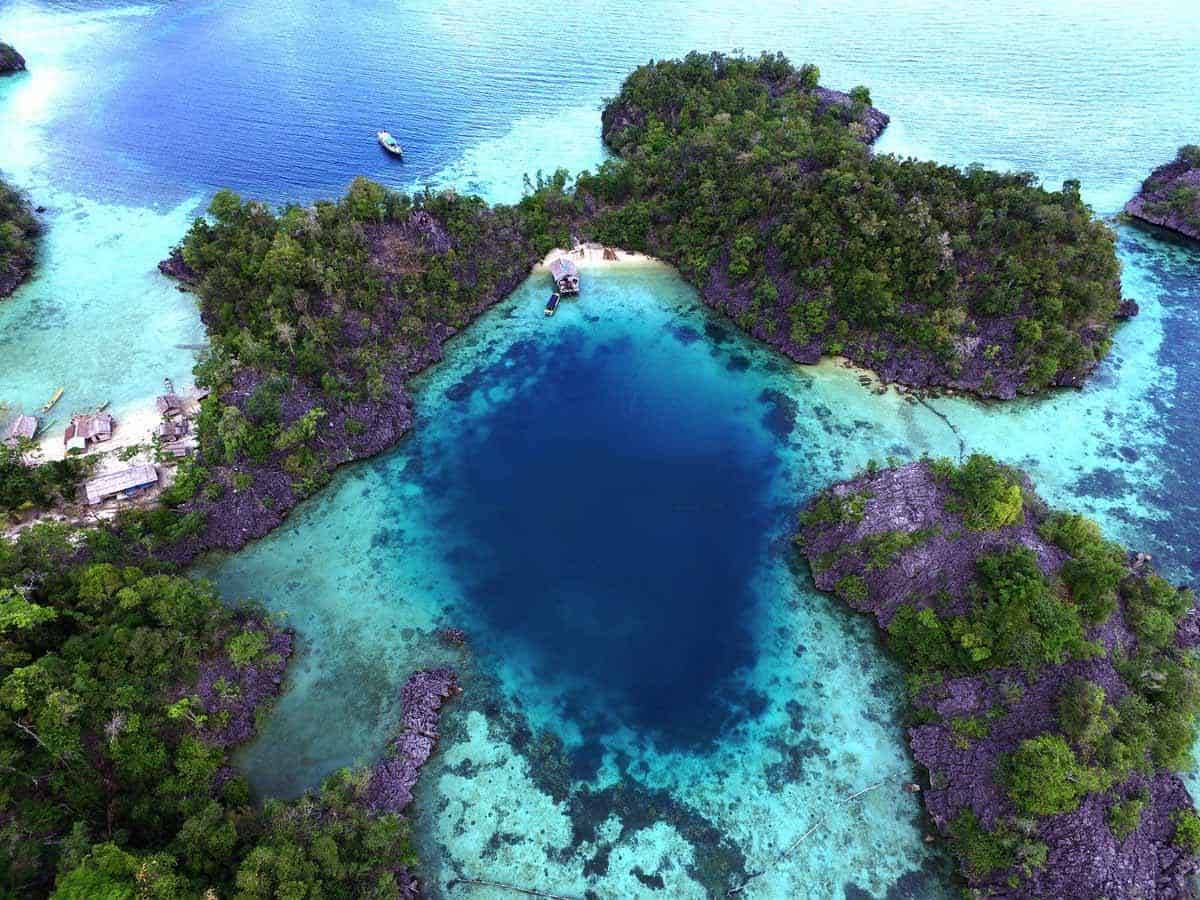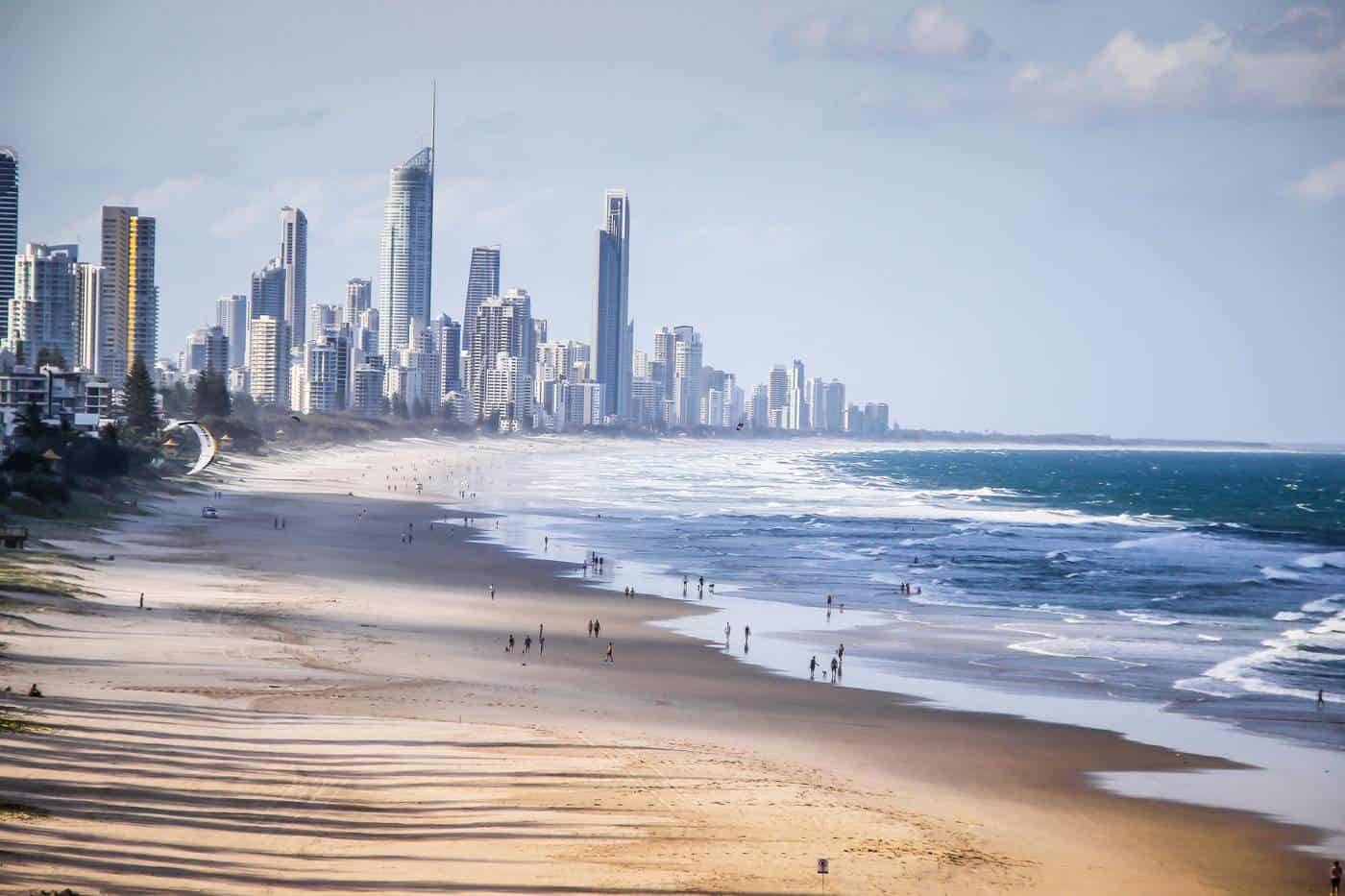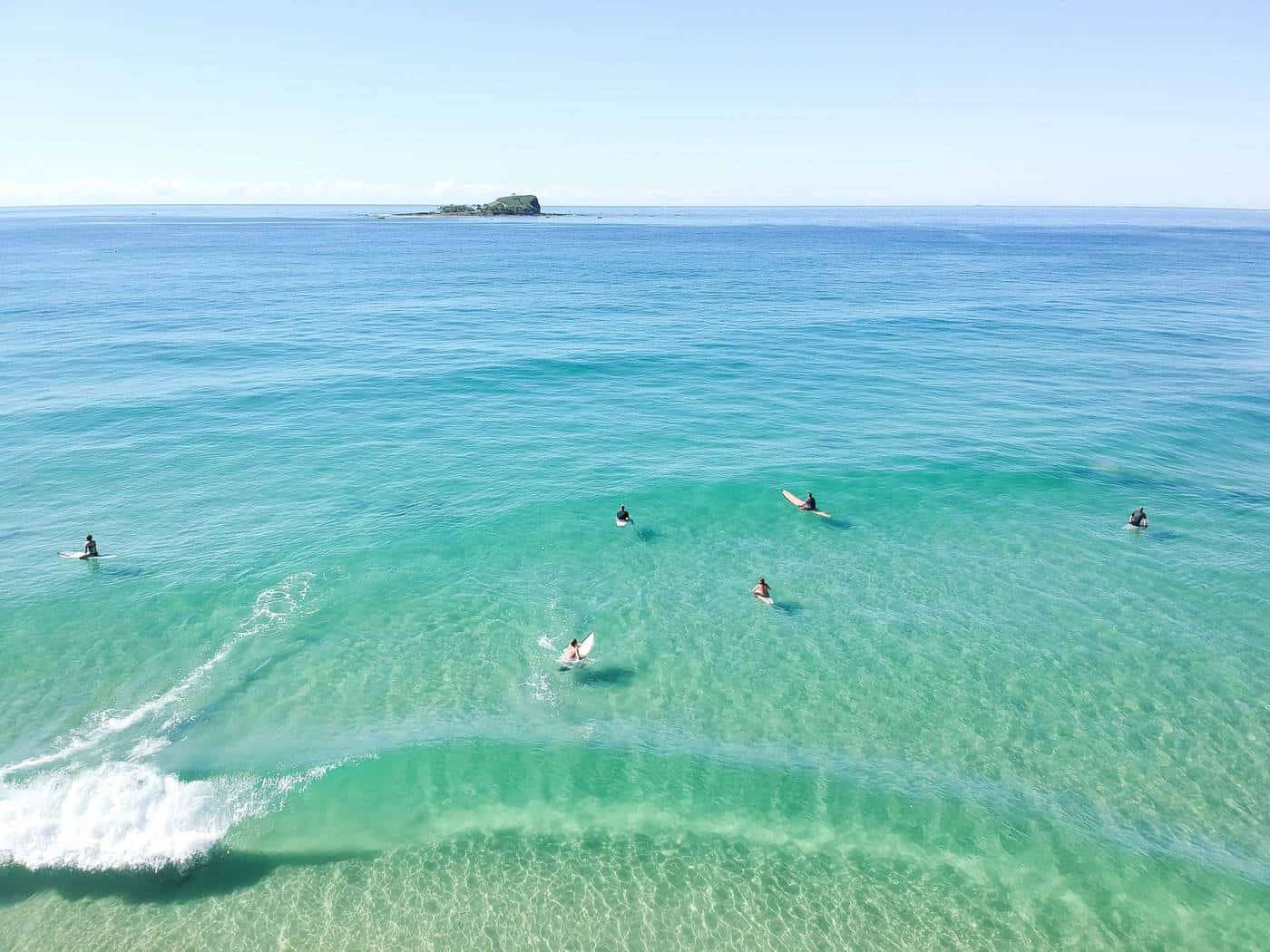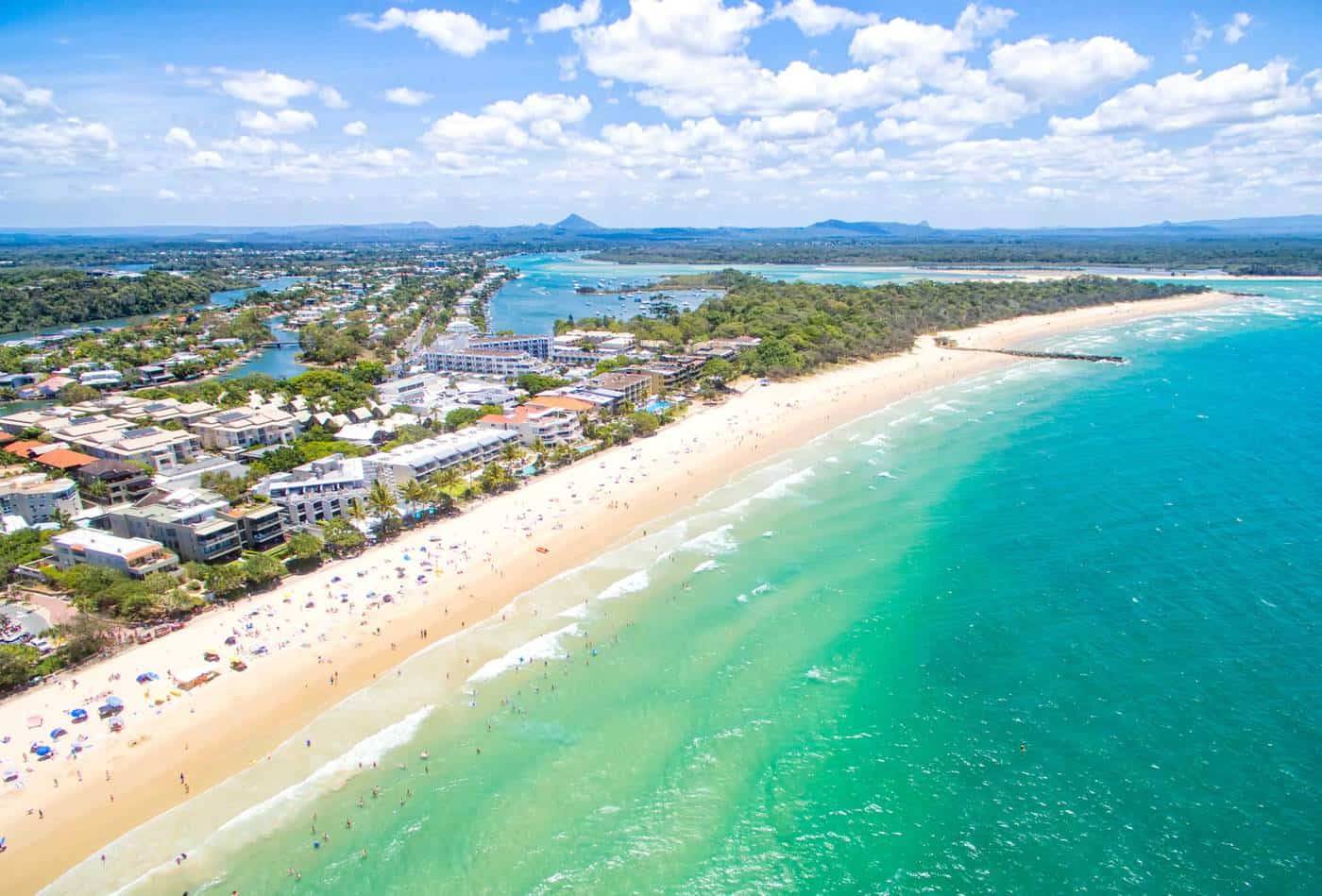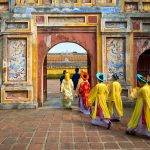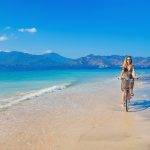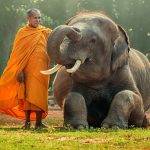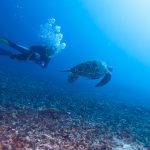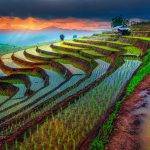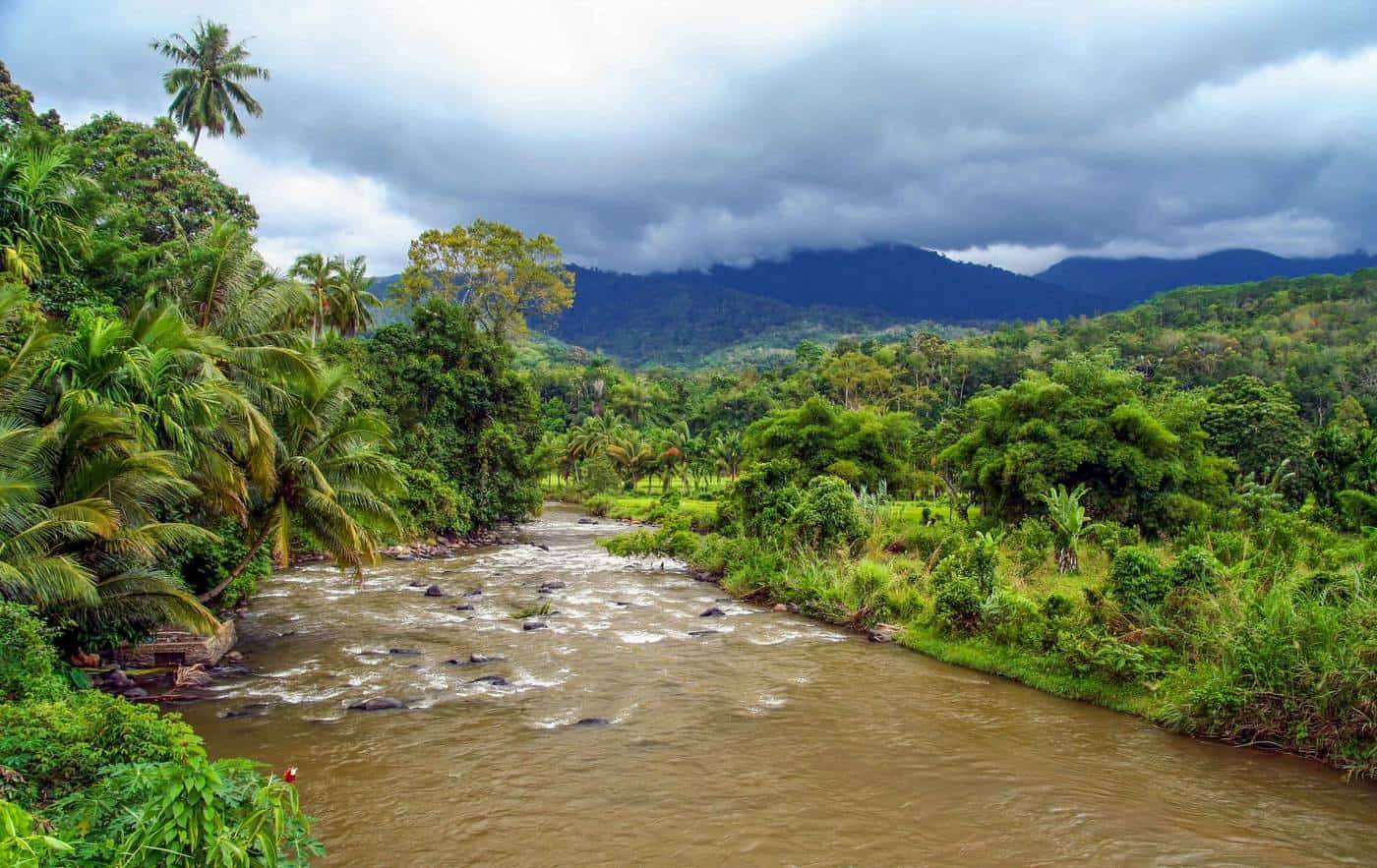
BUKIT BARISAN – THE TROPICAL RAINFOREST HERITAGE OF SUMATRA
Rightfully inscribed as a UNESCO World Heritage Site, the Sumatran Rainforest is an exceptional realm. Not only it is a place of untold natural wealth but also one of the very few global eco-regions of huge importance for the preservation of the world`s biodiversity.
The 1790 km long coastline of Sumatra, bordered by the Indian Ocean, is formed by the volcanic Barisan Mountains (Bukit Barisan). The range`s rugged, hardly accessible terrain and tropical climate provide excellent conditions for all kinds of life.
A PLACE OF SUPERLATIVES
The jungles of Sumatra are defined by many ‘superlatives’. The three national parks of Bukit Barisan – Gunung Leuser, Kerinci Seblat and Bukit Barisan Selatan – are home to the last surviving Sumatran Tiger, Leopard, Rhino and Elephant, the largest flower on Earth, the highest volcano in Indonesia, the highest lake in Southeast Asia, and some of the most significant ethnic minorities on Earth – the Minangkabau tribes.
GUNUNG LEUSER NATIONAL PARK
In 2003, just before the devastating Christmas Tsunami, another disaster hit the province of Aceh and North Sumatra – an enormous flash flood that had a huge impact on the environment and tourism industry.
Hundreds of people died, and the World Heritage Site of Gunung Leuser National Park suffered great loss. Today, the nature reserve is rebuilt and open to the public, and for being recorded as the largest wilderness area in Southeast Asia, the area offers exceptional trekking and eco-tourism opportunities.
There are two entry points to the national park: 1. Medan in North Sumatra (Bukit Lawang is the largest animal sanctuary of Sumatran Orangutan) or 2. Ketambe in Aceh.
The easiest access is from Medan, but also the busiest and pricey. The adventurers will prefer to take the western entrance; even though it takes some efforts to get to the town of Ketambe it truly is worth it: rhinos, tigers, leopards, elephants and orangutans can be spotted in their natural habitat.
Gunung Leuser National Park is stretching across 150 km of the jungly Barisan mountain range, with the highest peaks Tanpa Nama (3,466 m), Mount Loser (3,404 m) and Mount Leuser (3,119 m).
TO GET THERE: Fly to Medan. (Tours to Bukit Lawang can be booked in Medan)
KERINCI SEBLAT NATIONAL PARK
Shared by 4 provinces, namely West Sumatra, Jambi, Bengkulu and South Sumatra, this is Sumatra`s largest national park. It is a territory virtually utterly undisturbed wilderness; ancient caves, deep valleys, scenic waterfalls, mighty rapids, hot springs, caldera lakes, active volcanoes, and abundant wildlife, of course.
Kerinci Seblat National Park is a domain of the Sumatran tiger, Sunda clouded leopard, Sumatran rhino & elephant, Malayan sun bear & tapir – many of which face extinction.
DID YOU KNOW?
Kerinci Seblat National Park was shown to have the highest tiger population in Sumatra, estimated to be between 170-190 individuals. In fact, there are more tigers recorded here than in entire Nepal and China, Laos, Cambodia and Vietnam altogether. That makes this reserve extraordinarily attractive but also extremely fragile.
GUNUNG KERINCI (3805 m)
West Sumatra-Jambi`s Kerinci Highlands is a path less trodden, almost exclusively visited by climbers who seek to conquer the ‘King of the Indonesian Volcanoes’ – Mount Kerinci (3805 m).
Indonesia`s highest volcano dominates the Barisan Mountains that spans across the entire island of Sumatra. The mountain range of Bukit Barisan is home to 35 active volcanoes, amongst which Mount Kerinci is the highest.
Unbelievably, its summit can be reached in as many as 2 days, and that is why many take the effort to come to such a remote area. The volcano towers over Gunung Tujuh (2000 m) – the highest lake in Southeast Asia, encircled by 7 volcanic cones (best views are from the top of Mount Kerinci.)
Kersik Tuo, in the Jambi province, is the starting point to climb to Mount Kerinci and the hikers typically rent a shuttle bus in Padang to get to the village. The local hot springs and fascinating Kubu villages (e.g. the Orang Rimba ethnic group in Jambi province) make the trip much more interesting.
TO GET THERE: Fly to Padang. Catch a tourist bus from Padang to Kersik Tuo (7 hrs drive)
KERINCI HIGHLANDS (SOUTH SOLOK)
The journey from Padang to Kersik Tuo boosts attractions. On the way, you will be passing Gunung Talang (2,597 m) and, at its bottom sitting, Talang Lake.
The nearby twin lakes of Danau Diatas and Danau Dibawah offer great short walks and many stops by for a few days, before continuing towards Kersik Tuo.
The indigenous Minangkabau tribes (West Sumatra) reside in the area, and several traditional villages can be visited, e.g. Rumah Gadang, Rumah Karya Solok Selatan and Rajo Balun Palace (fabulous architecture).
TO GET THERE: Fly to Padang. Catch a tourist bus from Padang to Kersik Tuo (7 hrs drive)
KERINCI HIGHLANDS (JAMBI)
If travelling in the peak season, the town of Sungai Penuh and Lake Kerinci should be visited for the colourful Kerinci Festival, held in July-August each year.
Surrounding verdant mountains, tea plantations and traditional villages amplify the picturesque setting; Bukit Tapan, Bukit Kayangan and Muara Imat offer spectacular vistas across the Kerinci Valley.
If you don`t mind drive remotely, you can explore the highlands of the Merangin district. Search around Mount Kunyit, Talang Kemuning and Semerup to find delightful hot springs and primitive Kubu villages where shamans still today, call tigers, through ritual dance and tribal ceremonies.
The south of the national park presents sheer wilderness, and it is home to the Sumatran Tiger. The jungles of Renah Kemumu, Jangkat, Birun and Sungai Tenang can be visited with a local ranger.
TO GET THERE: Fly to Padang. Catch a tourist bus from Padang to Kersik Tuo (7 hrs drive). Bus ride from Kersik Tuo to Sungai Penuh takes 1 hour. All tours and trips can be organized there.
RAFFLESIA ARNOLDI
The parasitic Rafflesia Arnoldi is the largest individual flower on Earth, growing up to 100 cm across. The plant is also called “corpse flower”, for its horrible odour of decaying flesh. The smell of rotting serves to attract insects to pollinate this rare plant.
West Sumatra is the only place in the world whit ‘Rafflesia eco-tourism’. However, environmentalists claim that increased human activity has disturbed bud production at many locations. Today, sadly, Rafflesia is close to extinction.
The largest ever recorded rafflesia grew to a diameter of 105 cm. (flowers between Aug-Dec).
BUKIT BARISAN SELATAN NATIONAL PARK
Much smaller, less accessible and less touristy, but perhaps even more compelling – the Bukit Barisan Selatan is the southernmost reserve in Sumatra. Overlooking Anak Krakatau, it is a thrilling destination.
The highest point of Bukit Barisan Selatan is Gunung Pulung (1964 m), surrounded with montane forest, coastal rainforest and mangroves. Most significantly, this is a perfect place to look for the threatened species like Sumatran rhino, Sumatran elephant and the close to extinct Sumatran tiger.
The entrance point is at the small town of Kota Agung (7 hrs drive from Bandar Lampung) which has some basic accommodation options, and you can hire a private guide to take you to the rainforest.
TO GET THERE: Fly to Bandar Lampung. Take a public bus or tourist minivan to Kota Agung (7 hrs drive).
NOTE
Trekking in Bukit Barisan Selatan is fairly limited, as there is no official tourist centre and the park is not generally open to the public.
Although, you can hire a guide in Kota Agung the sanctuary is often closed for heavy rains or other reasons, and there were some cases in the past when visitors, including surfers trying to get to the coast, were not permitted to enter the territory, in spite of having paid to a guide.
Therefore, the Way Kambas National Park is generally more recommended to visit.
USEFUL TRAVEL TIPS
Religion – Sumatra is strictly a Muslim Realm, and conservative dress is expected at all times, especially women. Female travellers occasionally reported feeling extremely uncomfortable at some places, e.g. tried to be touched by the locals due to their skin colour or bright hair, been subject to loud mockery for their “lack of clothing” and so forth. Be aware of the fact that many residents might have never seen a person of a Caucasian race and are not familiar with the “Western fashion”.
Health – There is a high risk of Malaria in Sumatra, particularly during the rainy season (Dec-Feb). Vaccinations such as Hepatitis A, B and Tetanus are recommended. In some cases, the Yellow Fever Immunisation is required (check with your national health policies).
Transport – The only way how to get around Sumatra is using local public transport/buses (angkot, labi-labi). However, this can often be a gruelling experience – distances are huge, the roads tortuous and the driving hair-raising. On the other hand, it is part of the Sumatran travel adventure. To move around locally, the best way is either to hire an ojek, becak or bendi or rent your own scooter/bicycle (depending on the destination).
WHEN TO TRAVEL
Sumatra is generally recommended to visit between June and September during the dry season. In fact, most of the nature reserves and protected areas are only accessible outside of the rainy season (Dec-Feb).
HOW TO GET HERE
Fly to Medan, Padang or Bandar Lampung (via Jakarta/Singapore/Kuala Lumpur)
For all international flights go to www.momondo.com or www.skyscanner.com
For all domestic Indonesian flights check out www.garuda-indonesia.com
